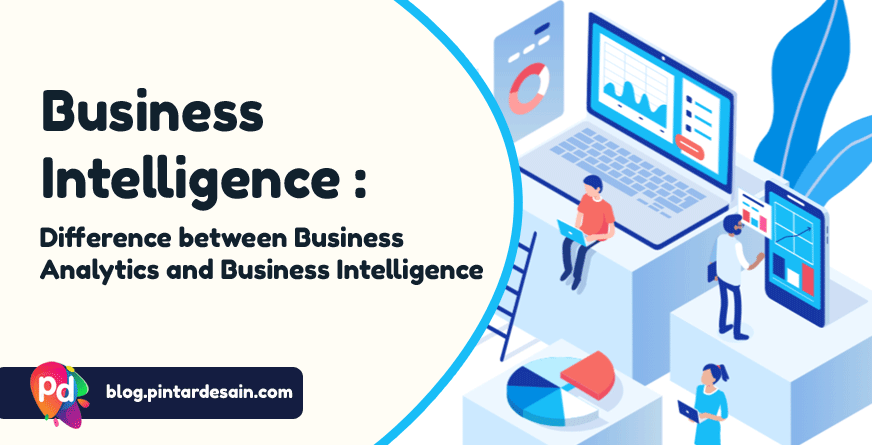In today’s data-driven world, businesses are constantly looking for ways to extract valuable insights from their data to make informed decisions. Two terms that are often used interchangeably are Business Analytics and Business Intelligence. While they share some similarities, they are two distinct concepts with different objectives and methods.
Business Intelligence (BI) is the process of collecting, analyzing, and presenting large sets of data to help organizations make strategic decisions. It primarily focuses on historical data to identify trends, patterns, and insights that can help businesses optimize their operations, improve their customer experience, and increase their bottom line. BI solutions often involve data visualization tools, dashboards, and reports to provide stakeholders with a holistic view of the organization’s performance.

On the other hand, Business Analytics (BA) is a more advanced approach that involves the use of statistical and quantitative analysis to predict future outcomes and trends. Unlike BI, which mainly focuses on historical data, BA uses predictive modeling techniques to identify potential opportunities and risks. This approach involves exploring various data sources to develop predictive models that can help businesses make informed decisions. Business Analytics can help organizations optimize their pricing strategies, forecast demand, and identify emerging market trends.
In summary, Business Intelligence is about analyzing historical data to identify patterns and trends that help organizations make better decisions. Business Analytics, on the other hand, involves using advanced statistical and quantitative techniques to predict future outcomes and trends. Both approaches are essential for businesses to gain insights into their operations, understand their customers, and stay ahead of the competition.
Business Intelligence vs Business Analytics: Comparison Table
Here are the seven key differences between business intelligence and business analytics in tabular form.
| Parameters | Business Intelligence | Business Analytics |
|---|---|---|
| Definition | Business intelligence is about understanding a company’s past and present. | Business analytics is about predicting future outcomes of the actions taken by the company. |
| Focus | Business Intelligence tools focus on data management | Business analytics tools focus on data analysis. |
| Applications | BI tools are designed to give you insight into your company’s performance over time | Business analytics tools are designed to help you make better decisions about how to optimize your operations for the future. |
| Tools Used | TIBCO PowerBI SAP Business Objects QlikSense | Word processing MS Visio MS Office Tools Google docs |
| Approach | Business intelligence focuses on descriptive statistics. | Business analytics focuses on predictive analytics and prescriptive analytics (the latter two of which can be used in conjunction with descriptive stats). |
| Usage | Business intelligence typically focuses on enterprise-wide reporting across multiple departments and teams. | Business analytics typically focuses on detailed analysis of specific areas within an organization (such as marketing or sales). |
| Example | BI is typically focused on presenting information in a way that makes it easy to understand for people within a particular organization (e.g., executives) | BA is typically focused on presenting information in a way that makes it easy for people outside of an organization (e.g., investors) to understand what’s happening inside of it (and how they can benefit from those insights). |
| Roles | BI is mainly used by IT departments and their vendors. | BA is mainly used by business departments and their consultants. |
Data Source : https://www.knowledgehut.com
In conclusion, understanding the difference between Business Intelligence and Business Analytics is critical for organizations to choose the right approach that meets their specific needs. While both concepts may seem similar, they have distinct objectives and methodologies that can impact the success of a business. By leveraging the right approach, businesses can gain a competitive advantage, make informed decisions, and drive growth in today’s data-driven economy.